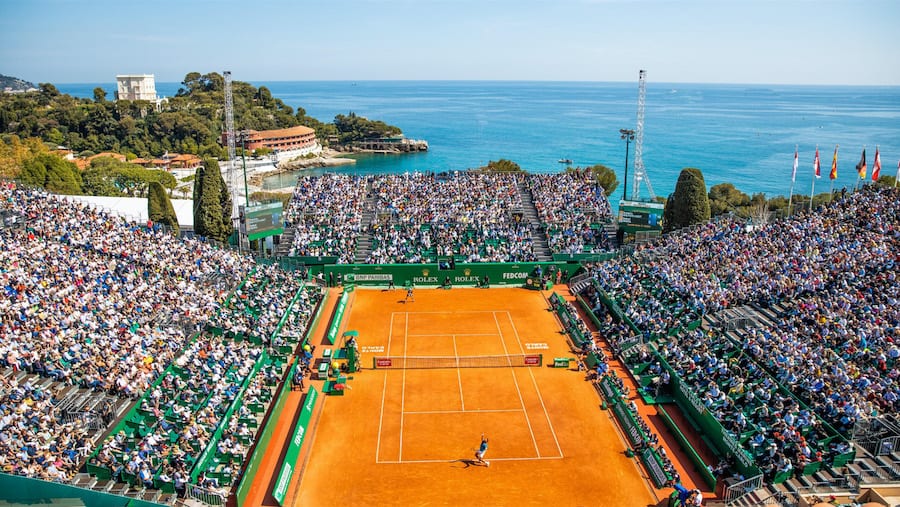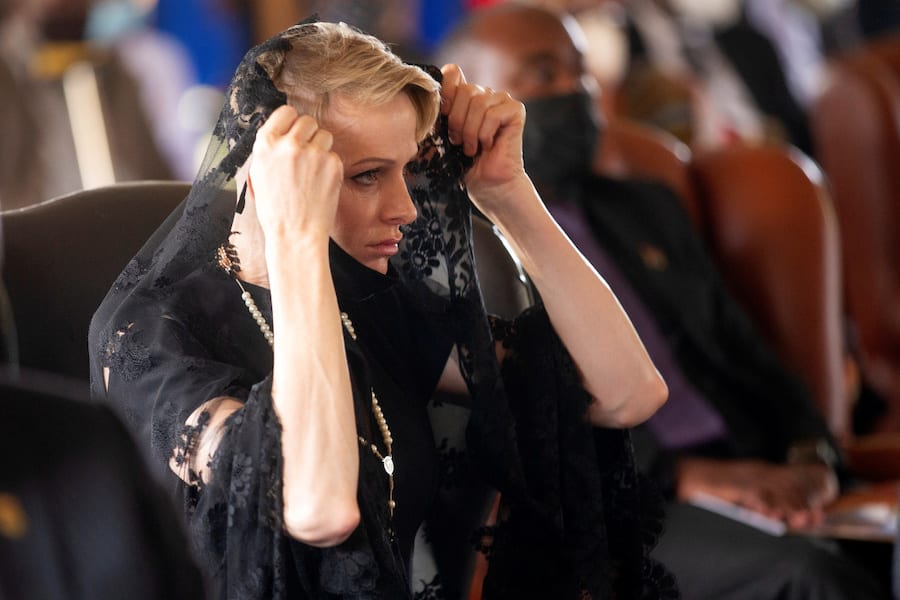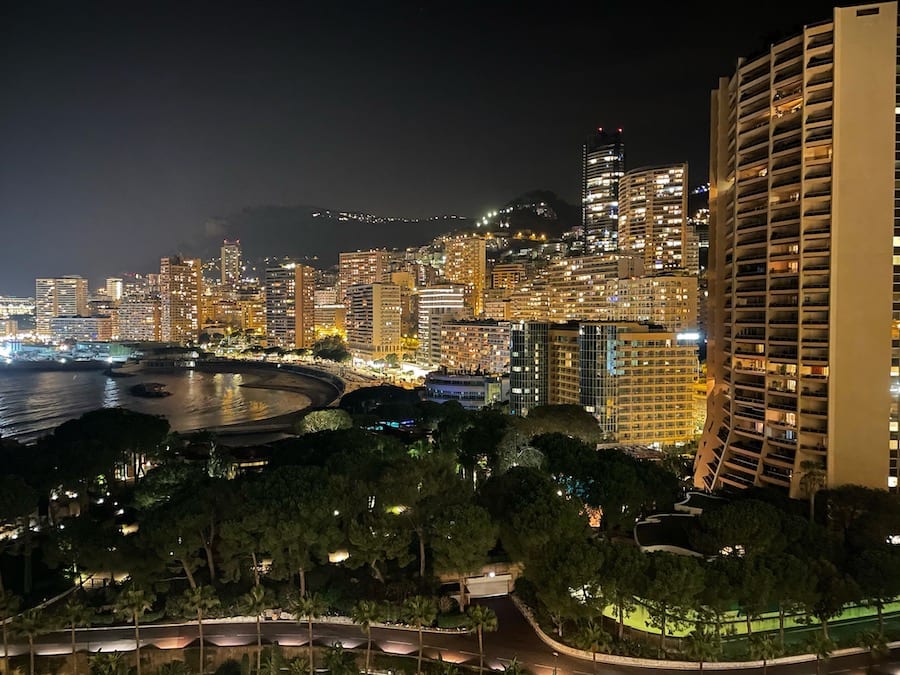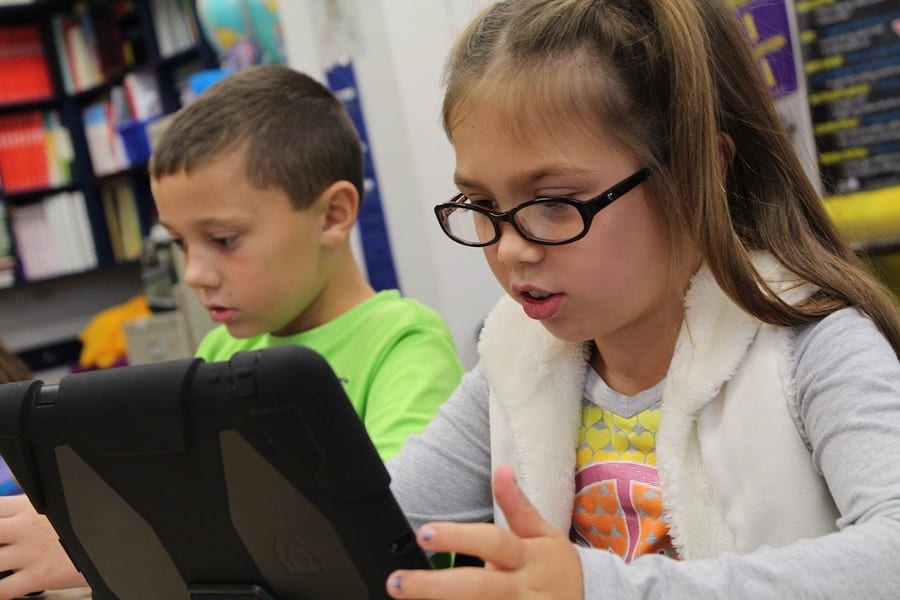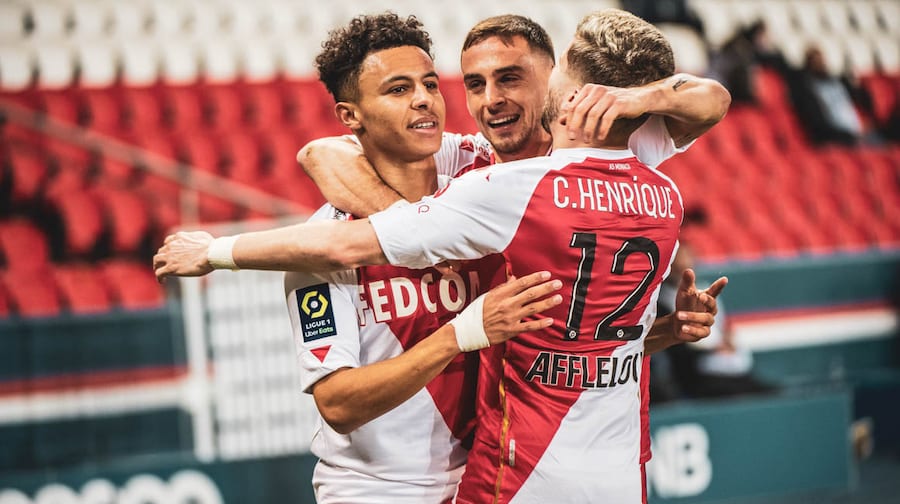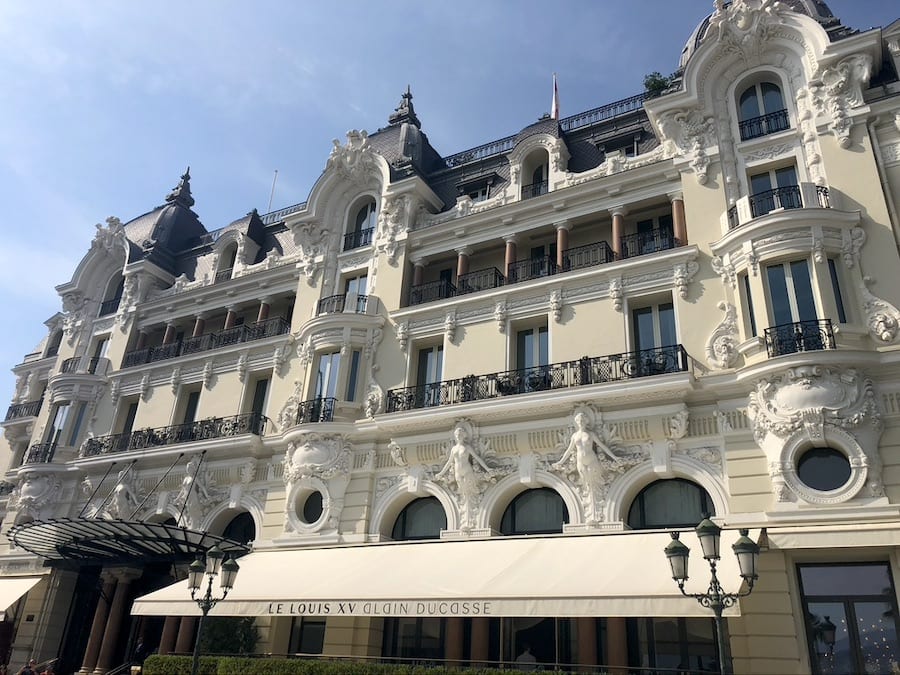In our new regular feature on Monaco’s digital transition, Georges Gambarini from Extended Monaco explains the government’s latest digital initiatives and how that translates into positive change for citizens. This month, we explore digital education.
Monaco has always placed a very large emphasis on education, and with a baccalauréat pass rate of 100%, it’s clear that the system is working.
But the Principality is also steadfastly moving towards a digital future. So, what does this mean for schools, students and teachers and how will it pay off in the long run?
Monaco Life: What is the government’s aim in bringing digital technology into schools?
Georges Gambarini: What we are trying to do through the Extended Monaco programme is to improve the education system by introducing some digital technology. Our aim is for Monaco to be the first country in the world to offer this level of digital transformation in education and this is one area where the country can be seen be a world-wide leader.
The main objective is for children to learn to use digital technology, but also to learn through digital technology. It is very important for us to give them a skills basis that will serve them throughout their lives, because we know that 50% to 60% of the jobs that are currently available will not exist in the future.
But it is important to emphasise that in our vision, digital technology will not be a substitute for the current physical system, we are just trying to improve it and provide some new skills that are very important for this generation of the future. They will continue to read and buy books, continue to write with a pen. Digital is there to compliment and improve the system, not to change everything.
Can you give us an example of how digital technology is being applied for the benefit of students?
A very important time in a student’s life is at the end of high school when they are making decisions about further education and future careers. We are utilising an artificial intelligence (AI) programme, through an app, that allows students to communicate directly with the AI and answer specific questions about their goals, fears, passions, doubts, whether they want to remain in Monaco or leave the region, etc. Based on all of this information, the programme is able to orient the student’s choices. It is a digital career and higher education coach and is complimentary to the support of a career counsellor at school. It is very well received by the students, because sometimes it is easier to talk about your desires and questions with a neutral AI Bot.
One of the more noticeable government initiatives has been free laptops at schools. Can you tell us more about the thinking behind this?
Before the Covid pandemic, we had already provided laptops to 500 teachers in Monaco in order for them all to have the same computers, the same software and the same tools available to them. Then in November, the government provided 1,200 laptops to the pupils in the lower secondary school.
We also provided a full digital environment that is very secure and tailored to the needs of education. Every software has been chosen by the teachers; students can find all their books on maths or history, for example, in digital version. They can use the laptops at home and in school.
We deployed a school cloud, Teams, where students can find all of the lessons and interact with their teachers and classmates on a very secure network. They can even ask their teacher questions on the weekend, or take part in a weekend video conference, if they need extra assistance.
It has helped us to individualise the relationship between teacher and student, and it helps create a kind of teamwork within a class.
We also have a lot of very basic software – excel, word, etc, and the students can keep the equipment throughout the school year and during the holidays and give it back when they move on to high school.
What impact did Covid have on the digital programme and its rollout?
It gave us the kick that we needed to innovate and accelerate our actions. In March 2020, we had just finished providing the equipment to teachers, but we were not ready for the students. That was due to come in November. So, we had to create a new education system with the tools we that had at that moment.
If we were to go in to lockdown now, it will be easier. All the students have the same laptops; the entire class already exists in the cloud so they can have very direct interaction. Last year, the problem was, for example, that a French teacher was using Zoom, the maths teacher was using Skype, the English teacher was using WhatsApp, and the history teacher didn’t know how to use anything.
What we did during Covid – and the teachers were honesty incredible – was to give them tutorials to help them use the tools that they had access to. It was not easy, because if a household has an eight-year-old, a 15-year-old, a 17-year-old and just one laptop that the parent needs to work on, what does everyone do? We are lucky in Monaco, most people have a computer at home. But in other cities in France, it was a catastrophic situation.
We also launched a digital summer camp to help 200 students that had difficulties during the confinement period to catch up on some central subjects. Everything was funded by the government, and it showed the involvement of everyone to guarantee that by September, everything possible that could be done, was done for the students.
So, what was difficult to imagine two years ago is now possible, due to the situation. We have the tools and the willingness to do it on every level.
How are teachers adapting to digital and what benefits do they get out of it?
Obviously, it is not easy for the teachers who are not digital minded. So, we are trying to help them to develop their digital capabilities through a very ambitious learning programme to assist in two main areas.
Firstly, to master the basic use of digital. All of our teachers need to be able to use Teams, to help students through chat solutions, to open a digital resource, to understand and use what we call the class management system…
On each teacher’s computer, there is a specific software that enables them to take control of every student’s computer. Therefore, teachers have real time visibility of how the students are learning; they are able to share a window on the digital blackboard, to shut down the WiFi, to help them find a solution, to have a vertical discussion.
For students who are quite shy, it is not always easy for them to say that they don’t understand something in front of an entire class. Now, they can send a message to the teacher to let them know that they are having difficulties, and the teacher is able to interact with them. It helps create a very individual relationship between the teacher and student.
Secondly, each week we have very highly qualified digital education experts hosting workshops in the school to help teachers develop new-use cases. The aim is to develop ideas and put them into practice in new education projects.
This is what we have done for the secondary school teachers and we are now working on the doing the same in high school.
The Monegasque education system is based largely on the French system. How easy is it then to introduce digital technology within that system?
We are still doing maths, French, English, history etc. in Monaco schools, and the baccalauréat is still computerless. But as I said, digital is not about changing everything, it is here to compliment and to improve. We think that by deploying a very ambitious digital strategy we will guarantee a better execution of the knowledge on very traditional subjects such as maths.
In France, they are also starting to move on this subject. Digital is in the programme. Not with the ambition that we have in Monaco, but teachers are starting to work on this subject.
We are, however, the only country in the world to give one-hour coding lessons to all of our students from age six to 18.
Monaco is, however, on the right track to become a world-leader in digital education.
Photo source: Pixabay
